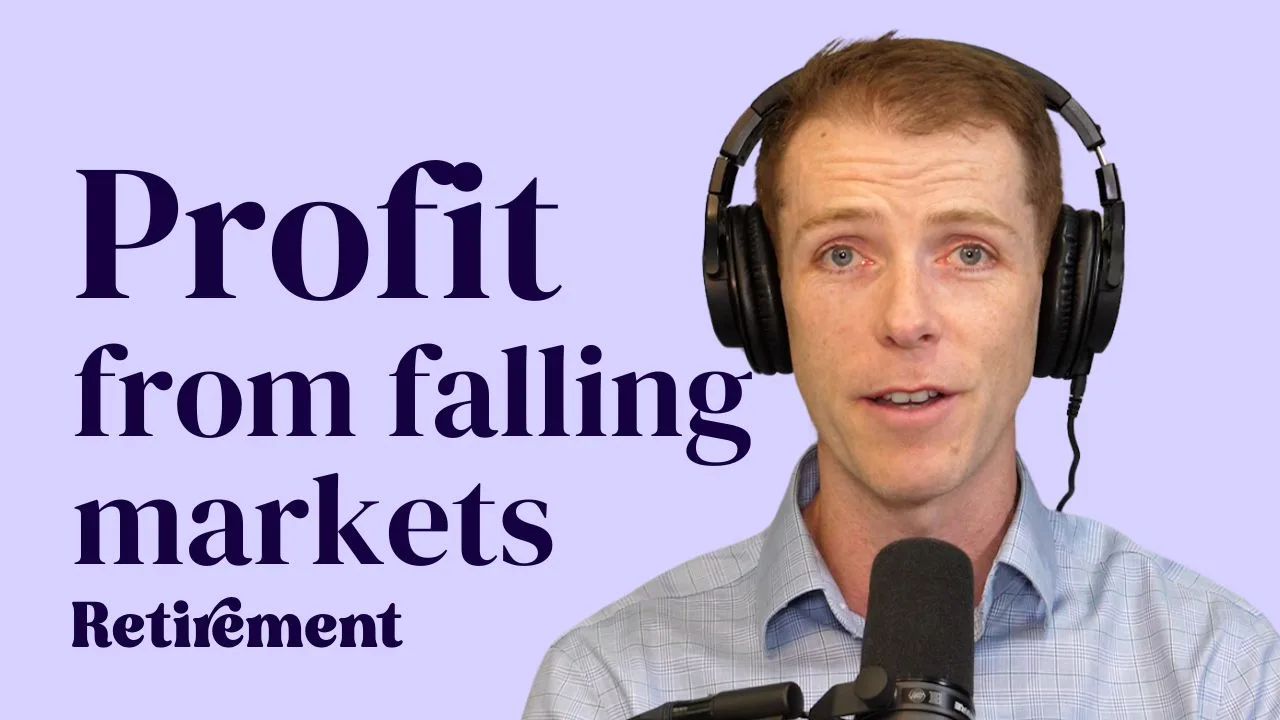Let’s take a look at how we could value WBC shares.
Westpac is the second-largest Big Four Australian bank. Headquartered in Sydney, Westpac’s primary role in the Aussie financial system is financing homeowners, investors and individuals (via credit cards and personal loans). It also has operations servicing business customers.
WBC share price
#1. Culture
https://youtu.be/czglgnyr4Wk?si=YDgTQMEPWlRtuiFa
For long-term investors looking to invest in great companies and hold them for 5, 10 or 20 years, at Rask we think it’s fair to say that a good workplace and staff culture can lead to improved retention of high-quality personnel and, in turn, long-term financial success of a company.
One way Aussie investors can get under the hood of a company like Westpac Banking Corp or Bank of Queensland Limited (ASX: BOQ) is to use a HR/jobs website such as Seek. Seek’s website includes data on the culture of companies, including things like employee reviews. According to the most recent data we pulled on WBC, for example, the company’s overall workplace culture rating of 3.4/5 was better than the ASX banking sector average rating of 3.13.
#2. Loans
ASX bank shares such as WBC need deposits and good profit margins to make their business profitable. Meaning, a bank gets money from term deposit holders and wholesale debt investors and lends that money to homeowners, businesses and investors. The difference between what a bank pays to savers and what it makes from mortgage holders (for example) is the net interest margin or NIM. Remember: when it comes to NIMs, the wider the margin the better.
If you are planning to forecast the profits of a bank like WBC or National Australia Bank Ltd (ASX: NAB), knowing how much money the bank lends and what it makes per dollar lent to borrowers is vital. That’s why the NIM is arguably the most vital measure of WBC’s profitability. Across the ASX’s major bank shares, we calculated the average NIM to be 1.87% whereas Westpac Banking Corp’s lending margin was 1.93%, meaning the bank produced a better-than-average return from lending money to customers versus its peers.
The reason analysts study the NIM so closely is because Westpac Banking Corp earned 87% of its total income (akin to revenue) just from lending last year.
#3. Why WBC’s ROE is key
Return on shareholder equity, also known as ‘ROE’, helps you compare the profit of a bank against its total shareholder equity, as shown on its balance sheet – The higher the ROE the better. Westpac Banking Corp’s ROE in the latest full year stood at 9.7%, meaning for every $100 of shareholder equity in the bank it produced $9.70 in yearly profit. This was less than the sector average of 9.91%.
#4. Understanding the Westpac Banking Corp CET1 ratio
For Australia’s banks, the CET1 ratio (aka ‘common equity tier one’) is paramount. CET1 represents the bank’s capital buffer which can go towards protecting it against financial collapse – basically, it’s the proportion of total assets that are ‘liquid’ or readily available. According to our numbers, Westpac Banking Corp had a CET1 ratio of 12.5% last year. This was better than the sector average.
#5. Share price valuation using dividends
A dividend discount model or DDM is one of the most efficient ways to create a projection of ASX bank shares. To do a DDM we have to take the bank’s last full year of dividends and then apply a risk rating. Last year the total dividend was $1.75. Let’s assume the WBC dividend payment goes up at a consistent rate each year into the future, somewhere between 2% and 4%. We will use multiple risk rates (between 6% and 11%) and then average the valuations. The calculation we use is: Share price = full-year dividend / (risk rate – dividend growth rate).
| Growth rate | ||||
| 2.00% | 3.00% | 4.00% | ||
|
Risk rate
|
6.00% | $41.50 | $55.33 | $83.00 |
| 7.00% | $33.20 | $41.50 | $55.33 | |
| 8.00% | $27.67 | $33.20 | $41.50 | |
| 9.00% | $23.71 | $27.67 | $33.20 | |
| 10.00% | $20.75 | $23.71 | $27.67 | |
| 11.00% | $18.44 | $20.75 | $23.71 | |
According to this quick and simple DDM model, an estimated average valuation of WBC shares is $28.21. However, using an ‘adjusted’ dividend payment (the expected future dividend) of $1.63 per share, which is the preferred measure because it uses forecast dividends, the valuation goes to $27.70. The valuation compares to WBC’s current share price of $32.40. Since the company’s dividends are fully franked, we can make a further adjustment and do a valuation based on a ‘gross’ dividend payment (this is the value of the dividend including the franking credit). Using gross dividend payments, the ‘fair value’ projection becomes $39.57.
What this means is that the WBC share price might seem expensive using the basic DDM model, but reasonable value if you can benefit from the franking credits. While WBC shares might appear to be decent value right now based on this statistical method, please don’t make a decision to buy or sell WBC shares based on this article. It’s important to consider all of the risks and ideas we presented here, including the benefit of rallying dividends and the positive impact of franking credits.
To learn more about analysis and valuation, consider getting our free investment report emailed to you (keep reading). This should just be one of many steps when making an investment decision. Consider reading at least two or three years’ worth of Westpac Banking Corp annual reports and then seek out good investors and analysis that disagrees with your perspective – that’s a good way to figure out if you’re making a positive decision based on rigorous analysis and considering alternative opinions. Finally, before going any further with WBC or BOQ shares, I suggest getting a copy of our free investment report.







